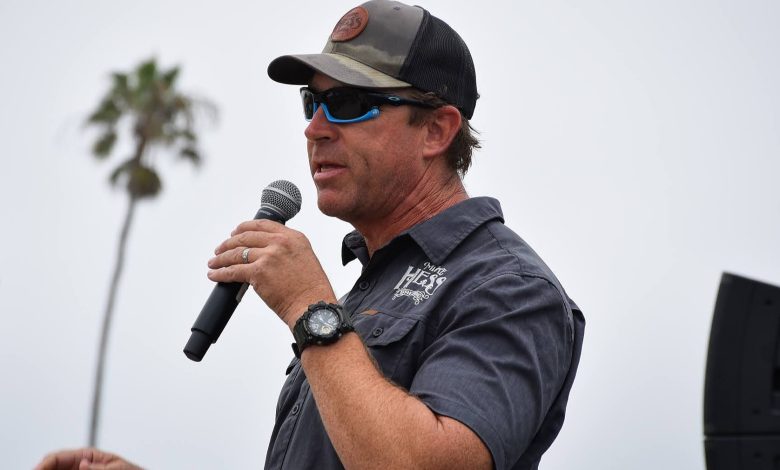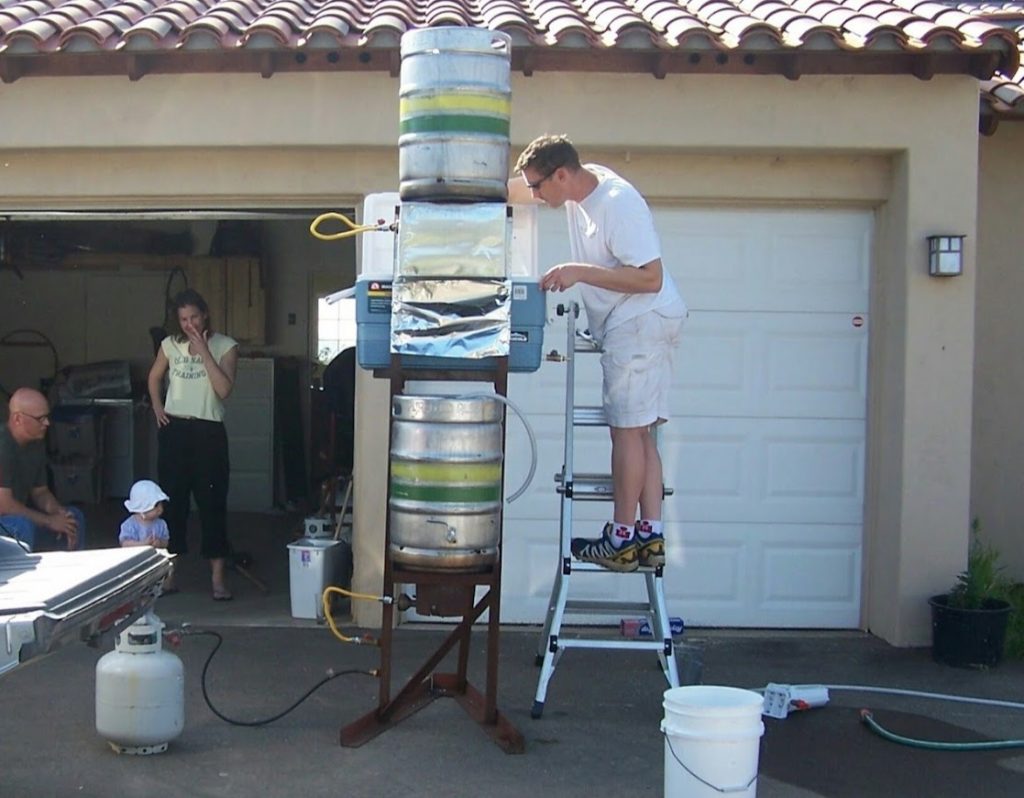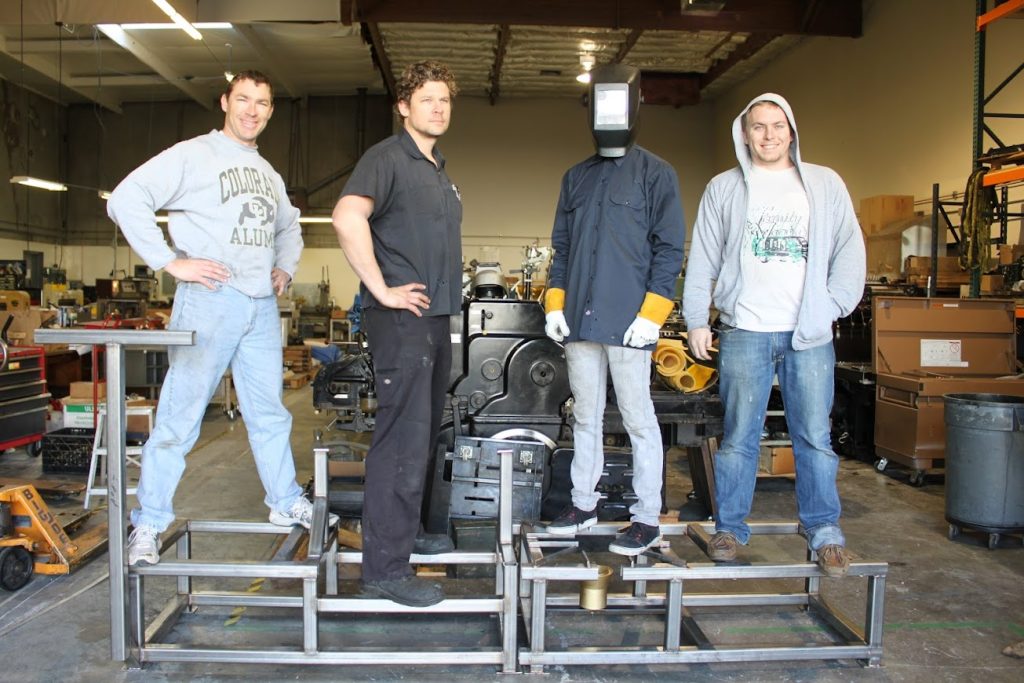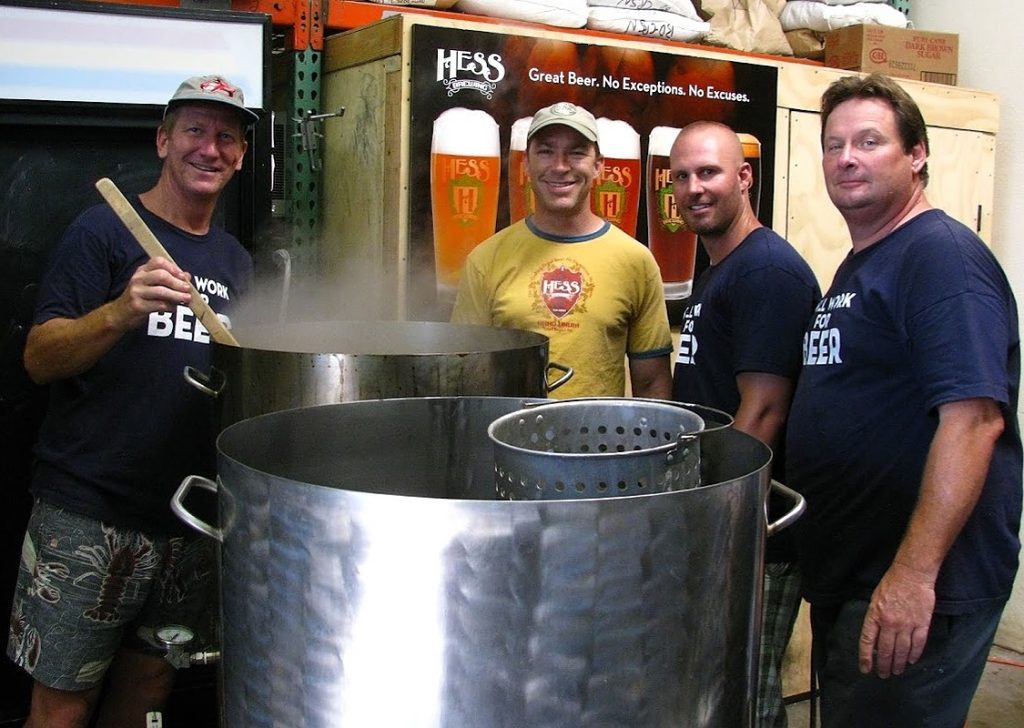
This summer, Mike Hess Brewing closed its original brewery and tasting room in Miramar’s Silverton Business Center, over a decade after debuting as San Diego’s first nano-brewery. From a humble combination office and industrial suite, Mike Hess built a name for himself and his eponymous interest (which at the time went by the name Hess Brewing) and earned fans behind small-batch beers and laid-back, communal environs, enough that he was able to expand the business, opening a large-scale brewery in North Park. Satellite tasting rooms in Ocean Beach, Imperial Beach, Seaport Village and Northern California’s Walnut Creek community have sprouted forth from a seedling planted in the Miramar soil. We sat down with Hess to ask him about the life of his original HQ and his feelings about walking away from the spot where his career in the brewing industry began.
How did you find your first facility and what made it the right space for you at the time?
I first heard about the notion of nano-brewing from an article in The Wall Street Journal of all places about it happening in the Pacific Northwest. There were no nano-breweries in San Diego at the time. In fact, there were very few in the country and that model was an outlier in terms of what type of brewery you could open. It was intriguing to me as an entrepreneur to see if the concept of nano-brewing was an actual, real business or just cutesy time. Back then, the traditional business model was: open a brewery, build a bigger one, distribute as wide as you can. We flipped that. Our model was: build as small as you needed, sell everything you make direct-to-consumer, don’t quit your day job. For nano-brewers, it was essentially a one-man show with a small system, maybe one- or two-barrels. That was it.
I was running my financial services practice from an office in the Miramar area and we were looking to move the office, so I thought that, at a minimum, I should try and find a place that would allow me to have an office and also just hold all of my homebrewing equipment and beer. At that time, I had been a homebrewer for almost 15 years and had amassed quite a bit of equipment. And that’s how we came across the Silverton Business Park, which had cheap rent—about a buck-a-foot—and suites that were set up with an office in the front and a roll-up garage in the back. For us, that was exactly what we needed, a place where I could do my “real work” but also allow us to house the brewing equipment and bring guests in to try the beer and hang out.

What was the initial setup like at the original Miramar location?
The first system we had for making beer prior to getting licensed—the one we just played around on—was my 10-gallon gravity-fed, home-built Gott-cooler setup. I sold that at some point down the road to an unknown buyer and maybe it’s still in use. It was built out of heavy steel that a friend and I welded up, but I designed the actual brewery we used post-licensing based on an old Brutus-10 homebrew setup my brother Greg and I had welded by a friend of his in his Bay Area neighborhood.
For the kettles, I asked a fabricator in the Miramar area to build me the Blichmann Engineering kettles which had just come out on the market. He basically made dumbed-down versions of those kettles at about 10% of the cost and that was what we used. It was a flat, two-pump, 60-gallen, four-vessel system, including the hot-liquor tank. For fermenters, we turned to the pharmaceutical industry where I purchased two 50-gallon polyethylene induction tanks. Through lots of research and trial-and-error, I figured out a way to put a racking port on the cone section of that. We documented the process for doing so and that became one of our most read and commented-on blog pieces.

When starting the brewery, former tasting-room manger Mike Skubic and I wrote a blog documenting the entire process of opening a nano-brewery. It included information on everything from site selection to brewhouse manufacturing to ABC paperwork to the TTB interview questions, plus everything in between. For more than a decade, and as far as I know maybe even still today, the Brewers Association still refers people to that blog when they call and ask how to open a nano-brewery. It’s called the Hess Brewing Odyssey.
So, our initial setup was a 1.6-barrel system married to two 50-gallon ferementers. We used to ferment in a modified closet and then we would crash the tanks inside of our walk-in cooler and keg cold, flat beer into plastic kegs. When it came time to carbonate the beer, we would literally tweet out an offer for people to come out and rock our kegs for us. They would stand at the bar and rock the kegs over a calibrated two-by-four for a predetermined amount of time to infuse the beer with CO2, and they’d enjoy a simultaneous “shifty” (a shift beer, that is). That made it interesting—and sometimes terrifying—because each keg was different from the others, but it was the only way that we could quickly get beer into the kegs and out of the tank, and at that time we could not keep up with demand.
Who was involved in the operation in the earliest days?
In the beginning there were just four of us. I was the sole brewer and did everything beer-related, including supply-chain management and wort production, yeast handling, etc. My wife, Lynda, handled all of the books and, of course, gave me the support and time I needed. Our good friend, Court Patton, who did all of our graphics artwork, brand identification and all associated collateral. And Mike Skubic, a recent Point Loma Nazarene University (PLNU) graduate who had worked for me on the financial services side of the house when he was still an undergrad, came to work for me on the brewery side. He was our social-media guy and poured nearly 100% of the beers that came out of the taps that first year. My brother poured beers and had good ideas for us, and a number of PLNU friends and others would also help pour beers, clean up, etc.

How much beer were you producing back then versus how much you’re producing now?
When we started out, we had five or six different beers on draft and on opening weekend we sold out of them and then closed for two weeks. “All of them” in this case was probably six or seven kegs worth. Thankfully, I had beers in fermenters. A couple of weeks later, we opened up again, though quickly sold out and closed down again for two more weeks. Again, we had beers in the tanks to back up supply, and shortly after that, we were able to open again. As far as I recall, we haven’t had to close due to lack of supply since then.
In our biggest year in the Miramar era, we brewed almost 300 tax-paid barrels using our kegs as the tax-determination vessel. Last year, we brewed about 11,000 barrels and we are on pace for more than that this year. Of course, we moved from a 1.6-barrel system to a 30-barrel system and the operation has grown from a total of four people to almost 95 employees, and from one to five locations in that time frame, as well.
When did you know it was time to grow the business?
I would say by the end of the first year we had reached an inflection point where my wife and I had to make a decision between shutting it down—because as fun as it was to be a nano-brewery, it makes nano money and you cannot survive in San Diego on nano-brewery profits—or scaling up to form a real company and build something bigger. We were encouraged by friends that we had in the industry, including Peter Zien at AleSmith Brewing, Chris Cramer at Karl Strauss Brewing and Doug Constantiner at Societe Brewing as well as others to jump into a 30-barrel, and all of those guys were instrumental in one way or another in making sure that we didn’t screw up on day one at our new facility. We never really considered anything much smaller. I think the only area that we really changed our thinking on was that we were going to do many smaller fermenters instead of the eight that we ended up with, and all of our decisions, retrospectively, seem to have been right on target, including being the first brewery in San Diego to make the decision to can rather than bottle our beers and own a canning line. It’s hard to believe now, but back then people looked at us with their heads tilted to the side and said, “why are you canning?” We were front-runners in that world, too.
Check back to San Diego Beer News next month for part two of our Craft Beer Q&A with Mike Hess.

